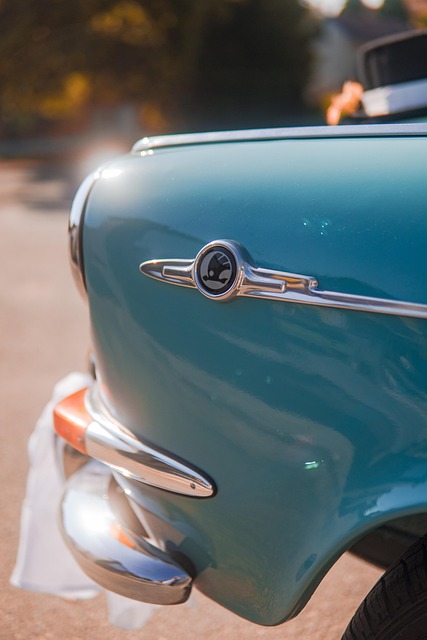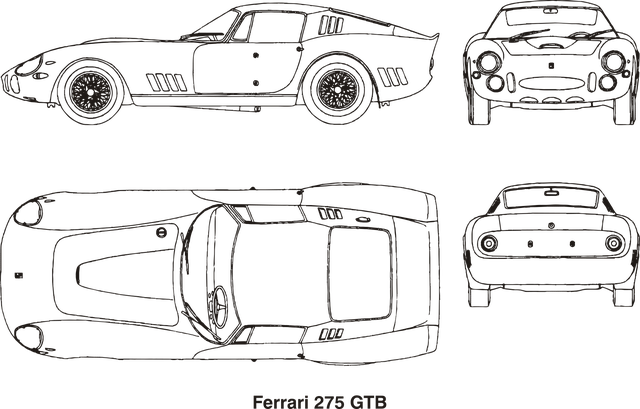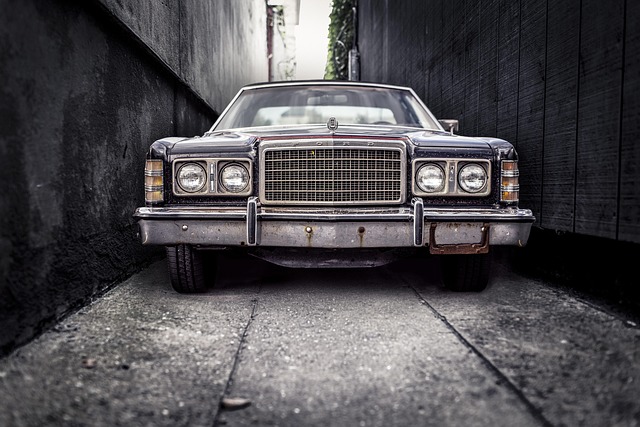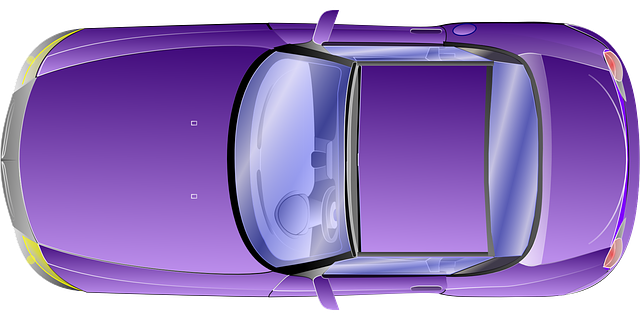Choosing between enclosed and open car transport for auctions depends on vehicle value, security needs, weather, and distance. Enclosed carriers (higher cost) protect high-end or classic cars from weather, vandalism, and theft, while open transport (lower cost) is suitable for bulk or lower-value vehicles exposed to the elements. For high-value or presentation-critical cars, enclosed transport is recommended despite higher costs; otherwise, open transport offers a more affordable, weather-dependent option.
Looking to transport cars for auctions on a budget? Understanding your options is key. This guide breaks down the pros and cons of enclosed vs. open car transport, offering cost-effective alternatives for auctioneers and buyers alike. Discover how enclosed carriers provide protection, while open transport offers lower prices. Make an informed decision that best suits your needs and saves you money.
- Understanding Car Transport Options for Auctions
- Enclosed Car Transport: Pros and Costs
- Open Car Transport: Cost-Effective Alternatives
Understanding Car Transport Options for Auctions

When it comes to transporting cars for auctions, understanding your options is key to making informed decisions within a budget. One of the primary distinctions lies between enclosed and open car transport methods. Enclosed carriers offer protection against weather conditions, potential vandalism, and theft, ensuring that vehicles arrive at their destination in pristine condition. This option is ideal for high-end or classic cars that demand meticulous care.
In contrast, open transport is more cost-effective but provides less security. It’s suitable for bulk transportation of regular vehicles or those with less value. Factors like distance and weather conditions can impact your choice between these methods, influencing both the efficiency and safety of your car transport process at auctions.
Enclosed Car Transport: Pros and Costs

Enclosed car transport offers a higher level of protection for vehicles compared to open transport methods. When considering budget-friendly options for auction transportation, understanding the pros and cons is essential. In enclosed carriers, cars are shielded from direct exposure to weather elements, potential road debris, and curious onlookers. This type of transport ensures the vehicle arrives at its destination in cleaner and more presentable condition. Moreover, it provides security against minor dents, scratches, and other cosmetic issues that could detract from a car’s value, especially for high-end or classic vehicles.
While enclosed transport offers these advantages, it generally comes at a higher cost than open transport. The closed nature and additional features designed to safeguard the vehicle contribute to the elevated pricing. However, for those prioritizing minimal damage risk and maintaining the vehicle’s appearance, the investment in enclosed car transport can be justified, especially when transporting valuable or fragile cars for auctions where first impressions matter.
Open Car Transport: Cost-Effective Alternatives

When considering budget-friendly car transport for auctions, it’s essential to understand the difference between enclosed and open car transport. While enclosed carriers offer protection from elements and potential damage, they come at a higher cost due to their sealed, secure nature. Open car transport, on the other hand, is significantly more cost-effective as it allows exposure to the outdoors. This option is ideal for vehicles that aren’t particularly valuable or delicate, as long as weather conditions are manageable.
Open car transport provides an affordable solution without compromising too much on safety. Vehicles are typically secured with straps and tied down to a flatbed truck, ensuring they’re stable during transit. Although there’s a higher risk of damage from weather or road debris compared to enclosed carriers, open transport is often the preferred choice for auctions due to its lower costs, making it an attractive option for buyers and sellers looking to keep expenses down without sacrificing practicality.
When it comes to transporting cars for auctions, both enclosed and open car transport methods offer unique advantages. Enclosed transport provides maximum protection for high-value or delicate vehicles, while open transport is a cost-effective solution for bulkier or less valuable cars. Understanding the differences in pricing, security, and versatility between these two options can help auctioneers make informed decisions to meet their specific needs. Whether opting for enclosed or open car transport, choosing the right method will ensure a seamless bidding process and contribute to the overall success of your automotive auctions.
